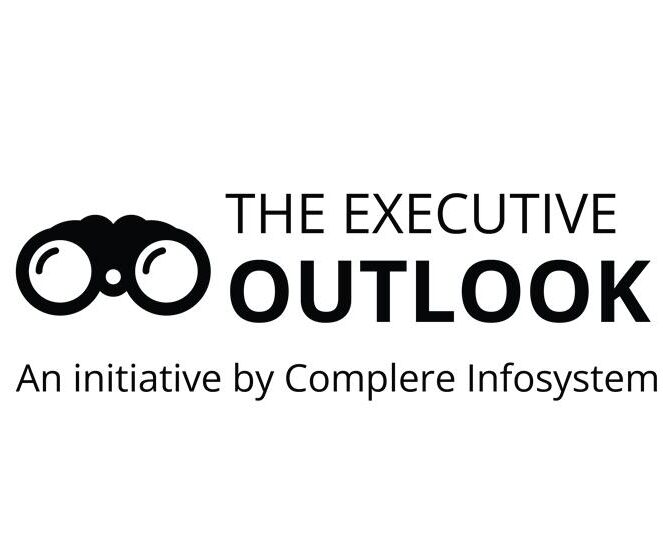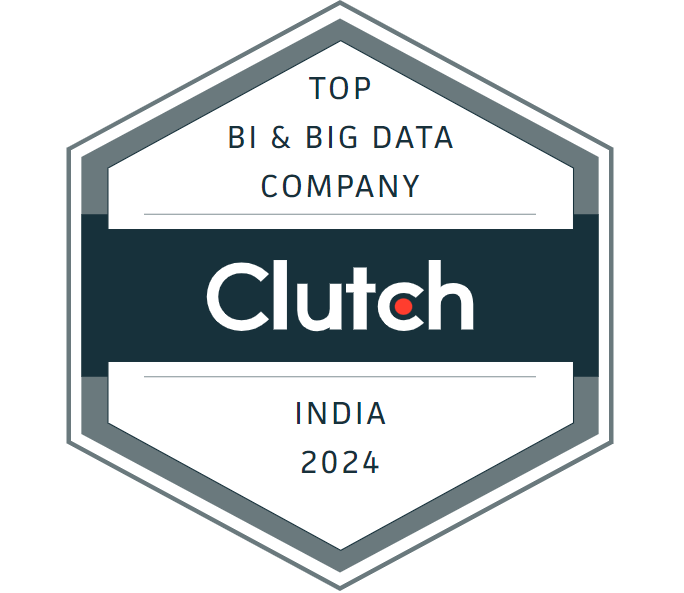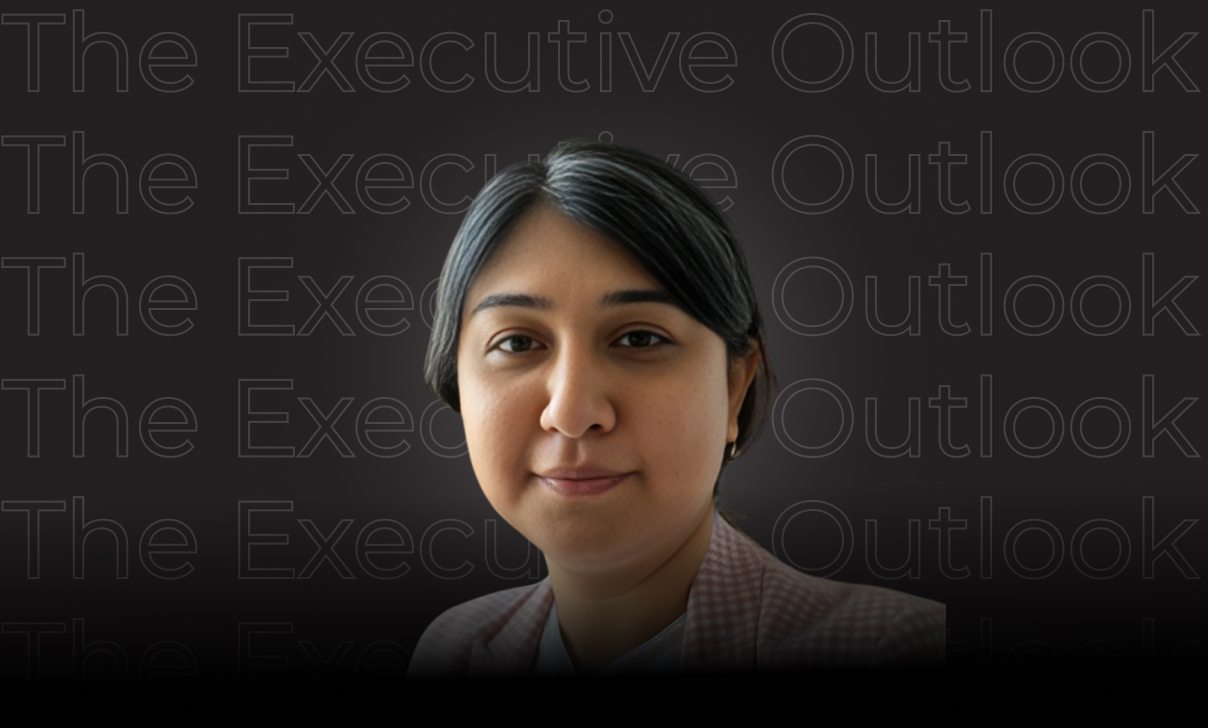In this special edition of The Executive Outlook, I sat down with Ana Tralle, Founder and CEO of ANATEQS, and recognized among the top 1% of global experts in data and AI. Ana’s career spans more than a decade, during which she has worked with Fortune 500 companies and fast-growing startups, advising leaders on how to harness the full potential of data. Today, she leads ANATEQS with a mission that goes beyond technology: to challenge the potential of both people and businesses.
Prefer to listen on the go? Tune in to the full podcast episode on Spotify below:
Watch the full conversation on YouTube by clicking the link below:
Click here to discover more life stories and insights from leaders shaping the future of data and tech.
Editor Bio

I’m Isha Taneja, serving as the Editor-in-Chief at "The Executive Outlook." Here, I interview industry leaders to share their personal opinions and provide valuable insights to the industry. Additionally, I am the CEO of Complere Infosystem, where I work with data to help businesses make smart decisions. Based in India, I leverage the latest technology to transform complex data into simple and actionable insights, ensuring companies utilize their data effectively.
In my free time, I enjoy writing blog posts to share my knowledge, aiming to make complex topics easy to understand for everyone.





